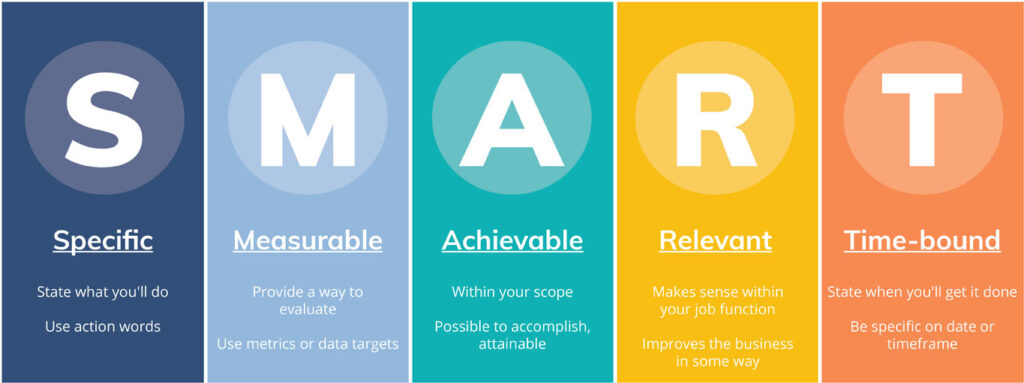A project budget is a detailed calculation of financial costs from initial concept, across key project milestones, to the completion of a project. As a result, project budgets are dynamic documents that are required to be updated as a project progresses; initially forecasting a project’s cost, and then subsequently tracking actual expenditure. The key objective of a project budget is to create awareness and control over total cost and cash flow, as well as to act as the benchmark against which a return on the project can be calculated.
To achieve the goal of acquiring budget approval, validation professionals must not only produce a budget that is accurate and cost-efficient, but also deliver a range of interdependent project activities effectively.
Understanding the project activities that budgeting supports, such as business case development or value demonstration, and how project management skills such as scheduling and time management reinforce the accuracy of the budget by preventing cost-overruns is critical to any project and budgetary success. Read our new Digital Validation Budgeting Guide to discover 10 steps to digital validation budget success.
In this article, we outline the first three steps you need to take when producing a budget for digital validation projects:
- Understanding your company’s budget processes and preferences.
- Clearly defining project objectives.
- Identifying stakeholders and applying a communications plan.

1. Understand Your Company’s Budget Processes and Preferences
Before a budget can be developed, a range of project activities must be performed, including the development of a business case. However, before you get started it’s critical you understand your organization’s budget processes and preferences.
Budget processes vary between organizations, but typically fall within two common approaches—the review and approval of a standalone project budget or, the inclusion of a project budget as a line item in a separate budget document, such as an annual budget, for review and approval.
The first approach may occur more commonly in larger organizations and can be used when a department already retains an appropriate amount in its operating budget for IT/systems projects each year. The second approach requires budgets to be prepared in the preceding budget period for consideration in the next annual budget.
Regardless of these factors, software project budgets typically involve three phases, firstly the research, forecasting, and drafting of a project budget by a project champion, followed by review and approval by department leadership, and finally senior leadership review and approval.
Before planning a project, it’s important you understand the following aspects of your organization’s budget processes and preferences:
- What time of year does your organization expect budgets to be submitted? Does your organization’s budget cycle follow a fiscal year (also called financial year), or a calendar year?
- Who are the budget holders (reviewers and approvers) in your department? And who are their budget reviewers and approvers, at the senior leadership level?
- Is there an existing budget for IT/systems available in your function? What is the size of this fund, when it must be consumed by, and is its use subject only to department leadership approval?
- How does your organization prefer project budgets to categorize and report costs (direct, indirect, fixed, variable, tangible, intangible, operational expenditures, capital expenditures), and what is the reason for these preferences?
- What is the average timeframe for review and approval?
Gathering as much information as you can about your organization’s budgeting process before you set out to build your business case and budget will increase your odds of approval throughout the request process.
2. Clearly Define Project Objectives
Now that an understanding of the budget processes and preferences of your organization have been acquired, a project’s initial concepting phase can begin. During this phase, a project’s objectives and scope (the scale, reach, size of a project) must be defined. A project’s objectives and scope define its purpose (typically in relation to known business challenges, or organization level objectives), and what you aim to accomplish by the end of the project.
Project objectives help you understand where work is headed, and act as a reference point while you devise the rest of your project plan. The best objectives are well-defined and can be used as a benchmark to measure success once your project is finished. When writing your objectives, consider using the SMART methodology. SMART stands for specific, measurable, achievable, realistic, and time bound.

It’s critical that any goals you set for implementing digital validation are tied to known business objectives or key performance indicators (KPIs), particularly those associated with production and revenue creating functions of the business. Setting these goals before the business case phase and updating them as you learn will ensure your business case is relevant to the business, and increases the likelihood of your project’s budget being approved.

3. Identify Stakeholders and Apply a Communications Plan
Your project and your budget are collective tasks that involve the engagement of stakeholders from the project’s operational team as well as, most importantly, key decision makers. When dealing with many stakeholders for a budget or a project, it’s critical to identify who they are, what they need to know about the project, and why they need to know.
Digital validation project stakeholders typically include two key groups, budget decision makers and operational stakeholders. Budget decision makers commonly include leaders in finance, IT, QAV, and chief executives. This group provides review and approval of the business case and project funding. Operational stakeholders include members of the project team, and those directly impacted most by the project.
Communications plans can also help to prevent reputation risks surrounding the project, or manage objections to the project’s viability. When communicating with key stakeholders, try to answer the following questions:
- Why is this project important?
- Don’t we already have a system that’s similar, why is this different?
- What will it cost us?
- What is the revenue benefit to the business?
- What is return on investment, or net present value?
- Will it save us money or time?
- How will it help us achieve our biggest goals?
Final Thoughts
Completing an annual budget doesn’t need to be painful or protracted. We know that validation professionals are busy managing their workloads to support business goals and growth. That is why we have compiled a new Digital Validation Budgeting Guide that contains 10 steps to help you successfully develop, manage, and acquire budget for digital validation projects. Learn what to look for when selecting a vendor, make more accurate cost calculations, and discover the best times to present business cases.




